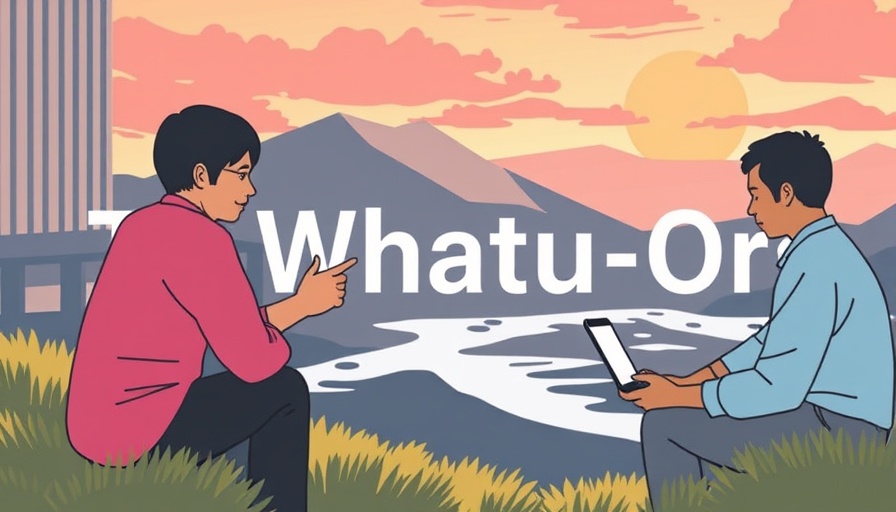
The Importance of Digital Roles in Healthcare
In an era where technology is pivotal in delivering efficient health services, the retention of 175 digital roles at Te Whatu Ora Health New Zealand underscores the necessity of skilled personnel in the healthcare IT arena. Despite the cuts to hundreds of positions, the decision to maintain a chunk of the digital team reflects an understanding of their integral role in utilizing technology to enhance patient care and services.
Concerns Over Data Security
Concerns regarding cybersecurity continue to loom large. The Public Service Association (PSA) has expressed fears that reducing the digital workforce could lead to increased risks to sensitive patient information. This is especially troubling given Te Whatu Ora's legacy systems, which are often vulnerable to breaches. As Fleur Fitzsimons, the PSA's national secretary, stated, "sensitive patient information will be at greater risk from cybersecurity breaches because of these cuts." These insights suggest a critical need for a robust digital defense system, which can only be fortified by retaining skilled personnel.
The Ongoing Challenges of Legacy Systems
The necessity for maintaining a stronger digital workforce is particularly poignant in light of Te Whatu Ora's struggles with aging technology infrastructures. The organization currently manages around 4,000 legacy applications and systems, a situation that limits its ability to implement new IT solutions and further complicates its operational efficiency. Maintaining a larger digital workforce could provide essential support for navigating these challenges.
Future Predictions for Healthcare Technology
As the healthcare landscape evolves, the predictions surrounding the future of digital health services become increasingly vital. Te Whatu Ora's recent adjustments reflect broader trends in the healthcare sector where technology and patient care converge. With ongoing demands for telehealth, data management, and cyber defenses, organizations that prioritize their digital workforces may very well lead the charge in enhancing both patient outcomes and data security.
Conclusion
In conclusion, the decision by Te Whatu Ora to retain 175 digital roles is a strategic move that underscores the importance of specialized talent in healthcare's digital journey. As organizations grapple with both legacy systems and cybersecurity threats, retaining and expanding the workforce in digital services is an essential step toward a more secure and effective healthcare system. Keeping a skilled digital team not only helps protect patient data but also enhances overall patient care and operational efficiency.
 Add Row
Add Row  Add
Add 




Write A Comment